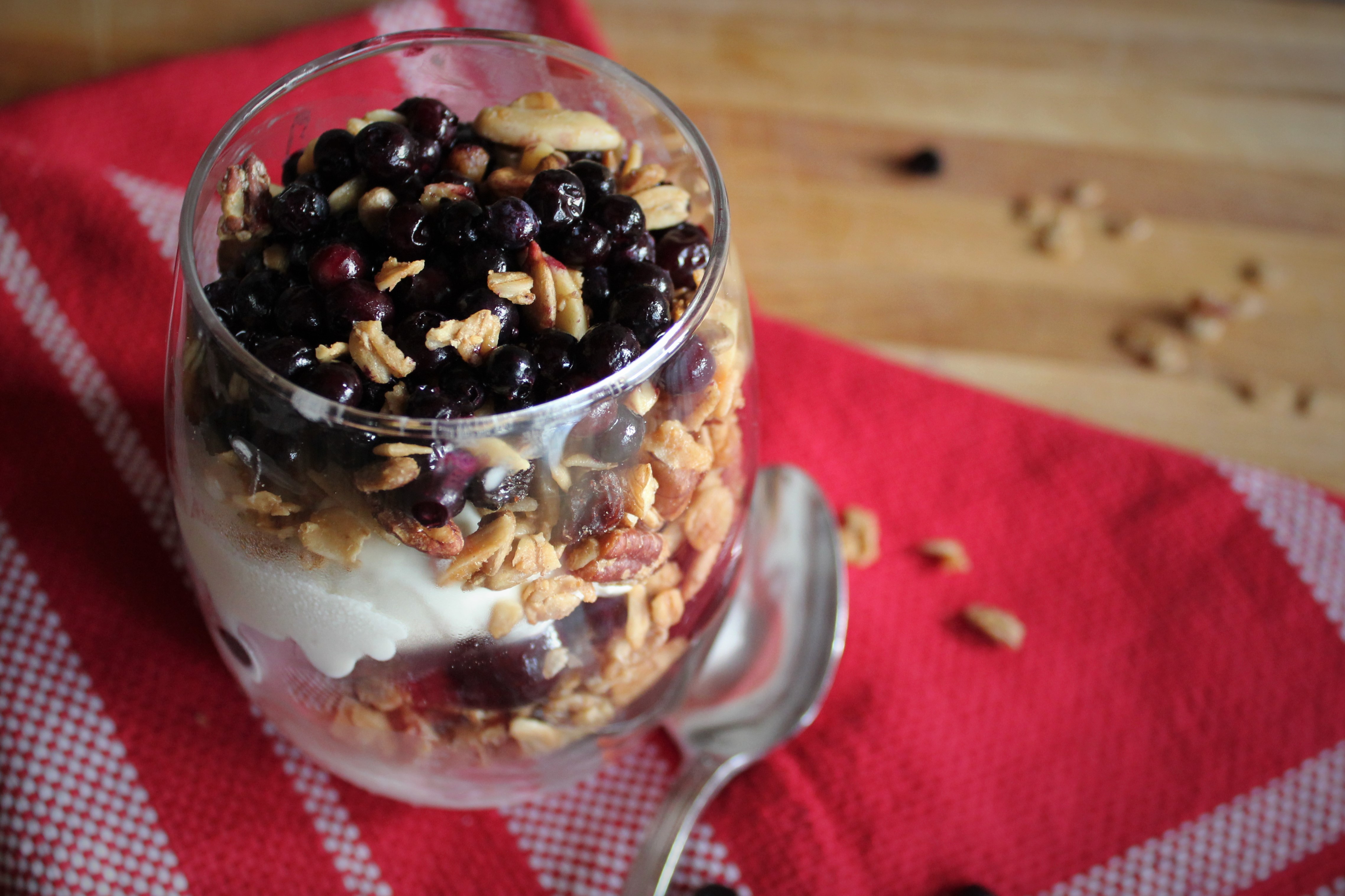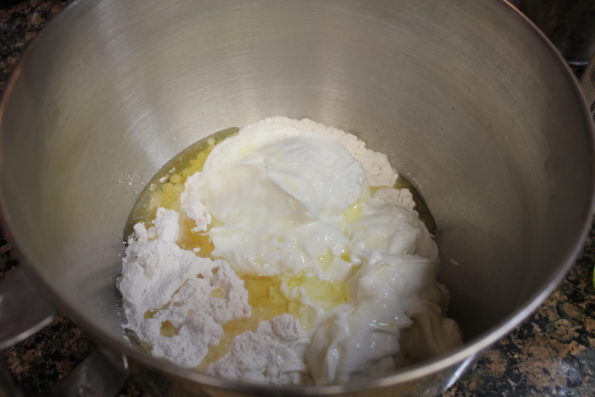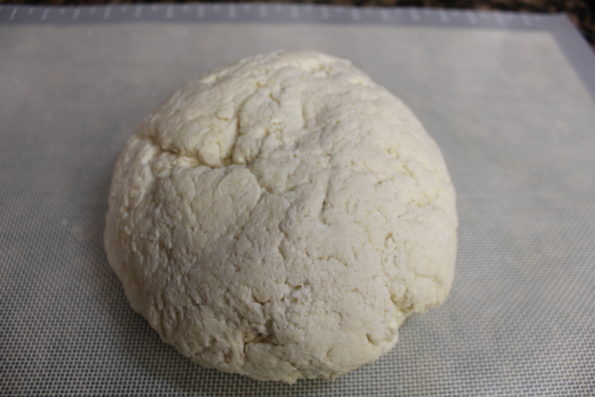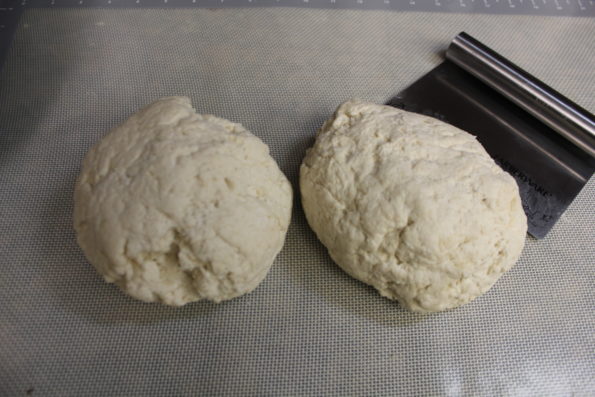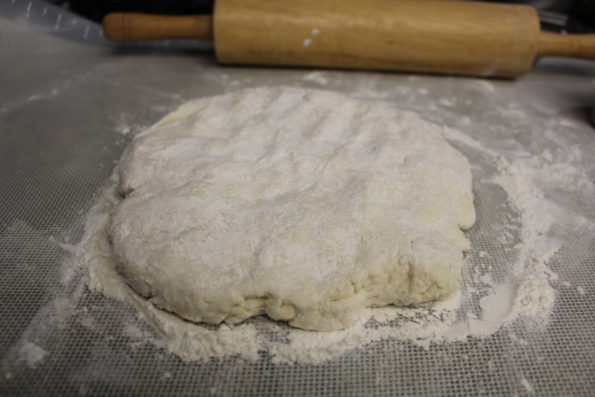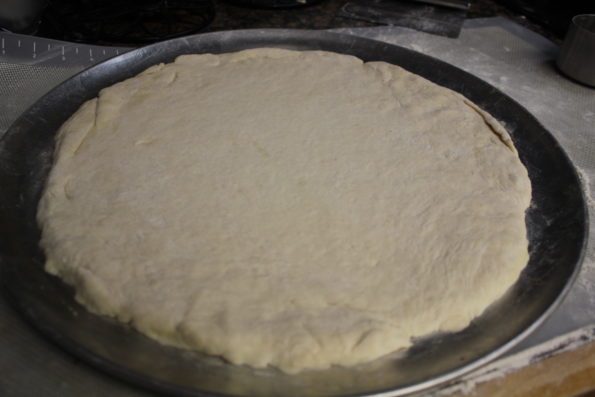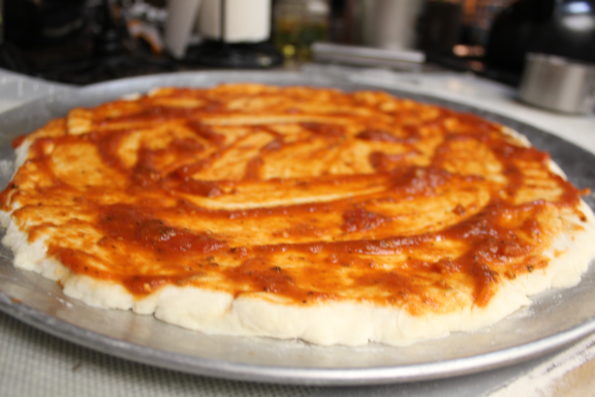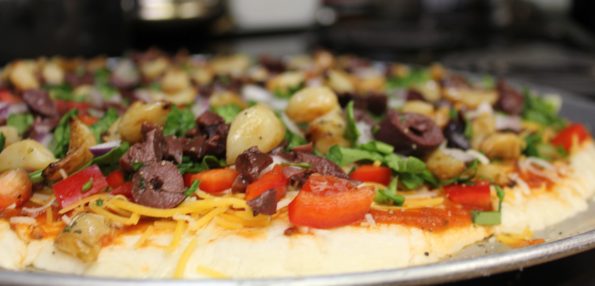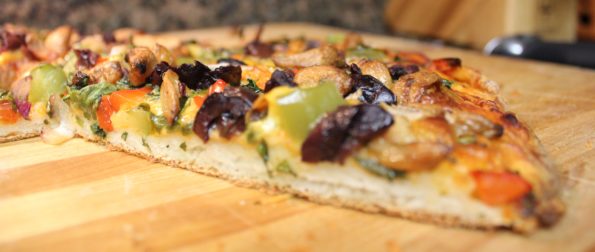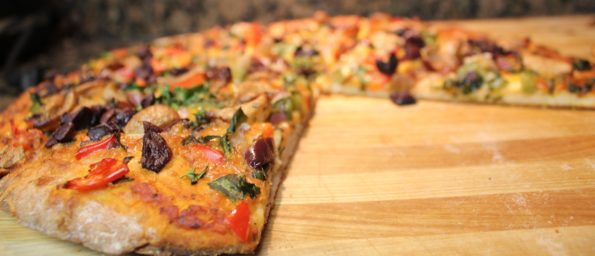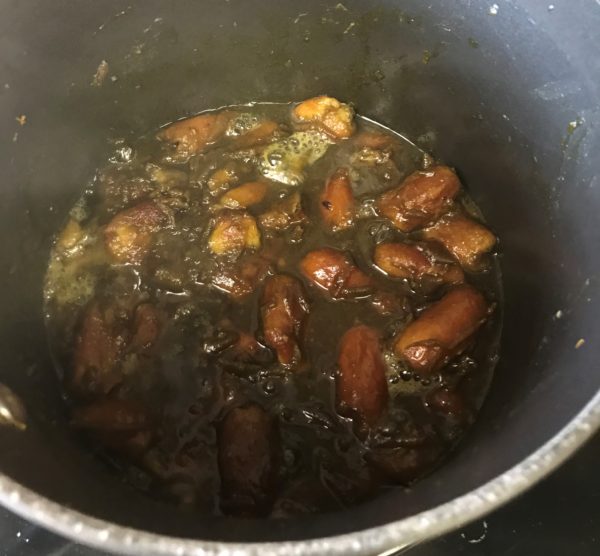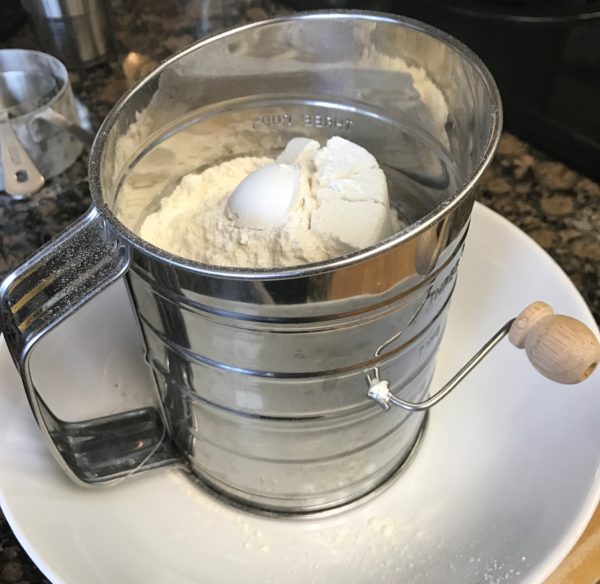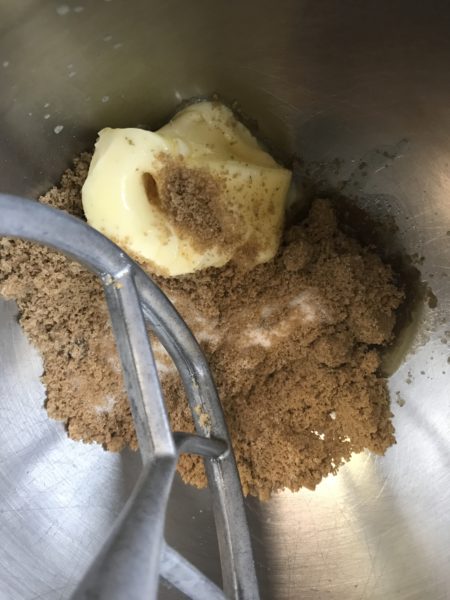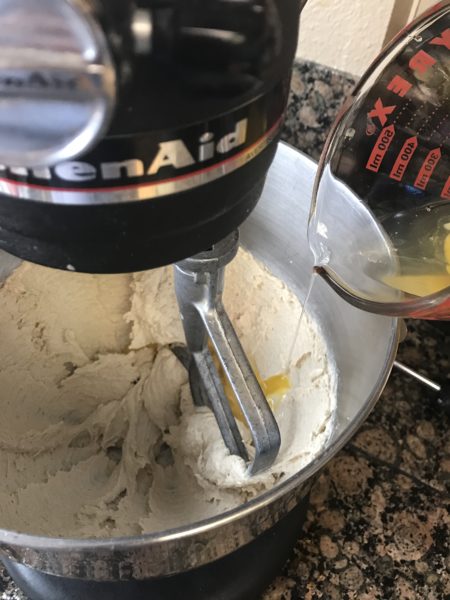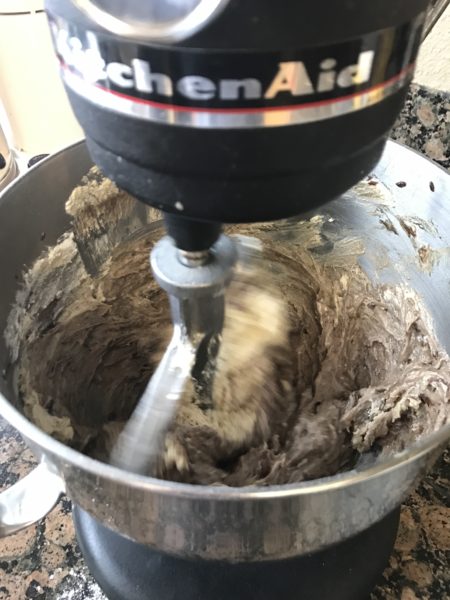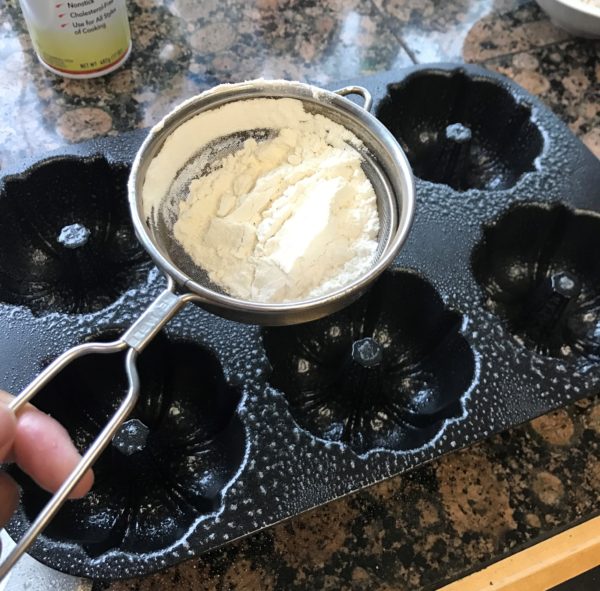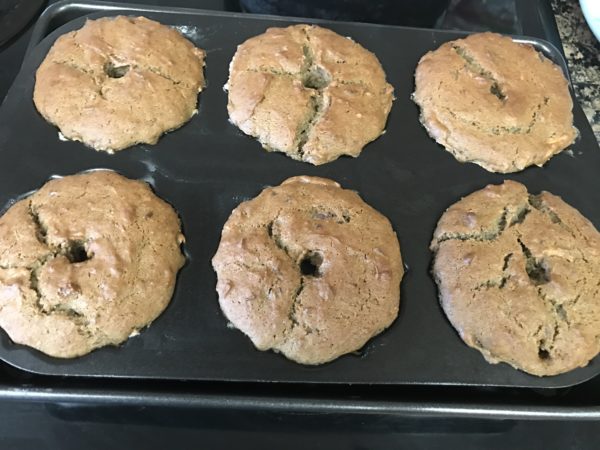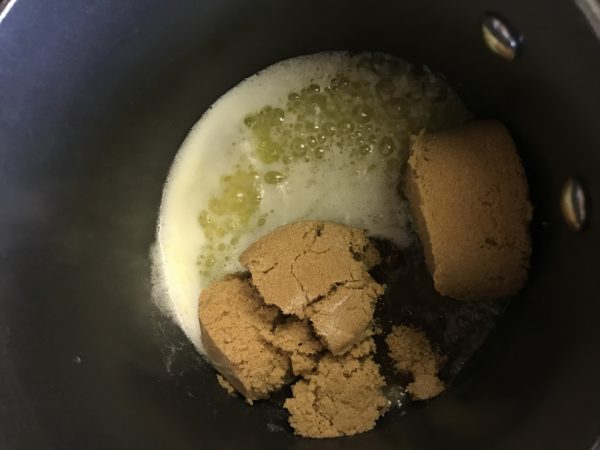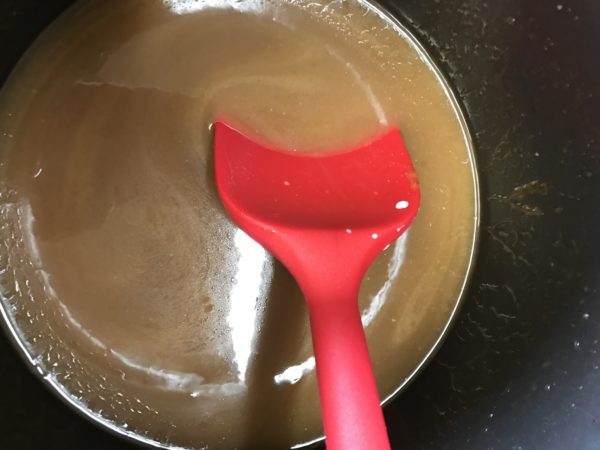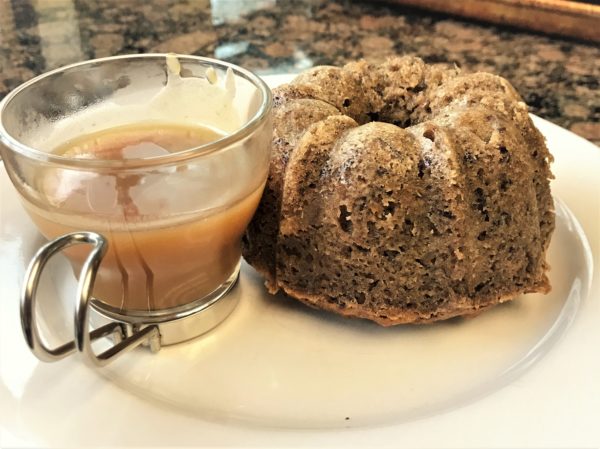The 2 most popular regions in India where Biryani comes from is Lucknow in the northern state of Uttar Pradesh and Hyderabad which is located in the Southern state of Telangana.
The Awadhi Biryani we will make is one from Lucknow in the north also called Lucknowi biryani.
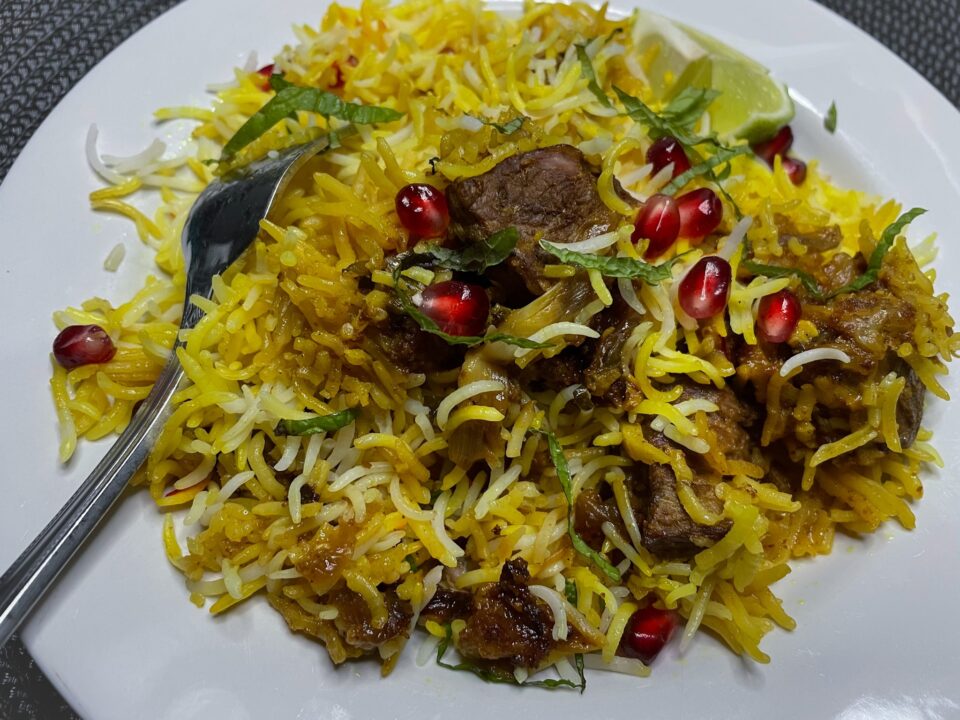
What is Awadhi Biryani?
Awadhi Biryani which is considered one of the most elegant and lavish dishes of the Nawabs of Awadh, who were originally of Persian origin. Awadh used to be one of the many provinces in the north India that was under the rule of the Mughal empire. This region now referred to as Lucknow and the dish is quite often also called Lucknowi Biryani
Traditionally biryani is cooked over coal in a sealed clay pot. The pot is sealed using a dough seal. Flour and water are mixed to form a dough that is pliable enough to wrap around the lid and it forms a tight seal. The pot is left sealed through the whole cooking process. This method of cooking where the clay pot layered meat and rice is cooked for hours is called “Dum”. If you see Dum Biryani mentioned in the menu, it refers to the method used for cooking the biryani.
The Awadhi Biryani is considered a “Pakki” style biryani where a lamb based stew is made ahead of time then layered with the rest of the components of the biryani. “Pakki” meaning “cooked”, refers to the meat which is cooked first separately, then layered with the rice and cooked again along with the rice. This results in the meat being very tender in the biryani.
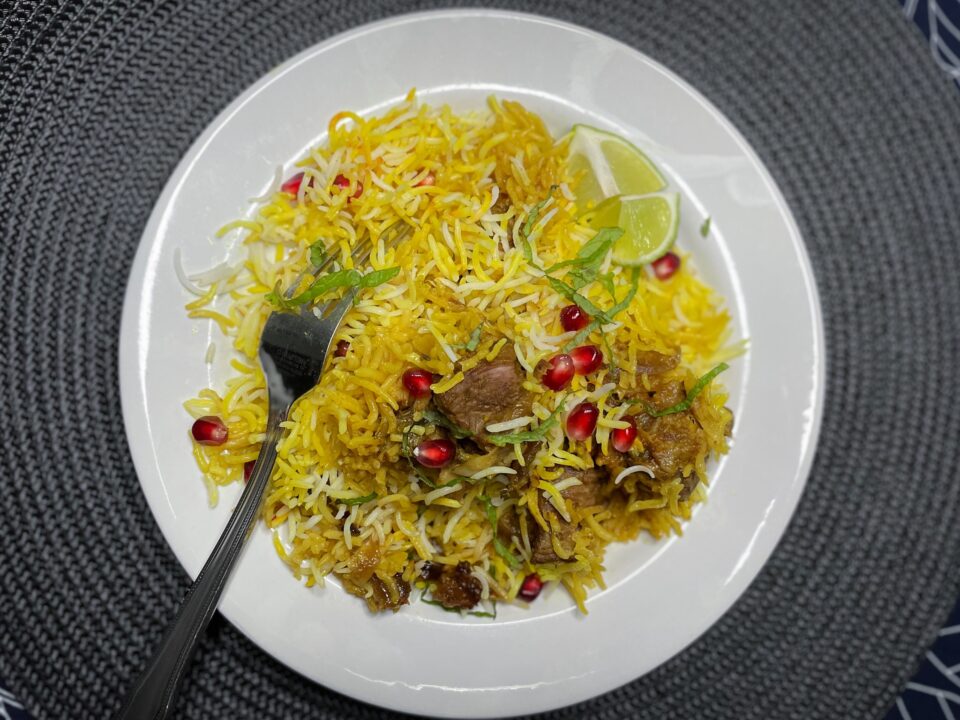
How to make Awadhi Lamb Biryani?
I promise the process of making biryani is not as hard as it may seem. I will break it down into simple steps for you. This process works really well for me each time I make it. And once you get the hang of it, you can very well make all the other variations too. Basically, we can break the process down to 3 major process steps:
- First, is making the Base Lamb Stew, which can be done ahead of time (Step 1 below).
- Cooking the rice and getting the other ingredients ready for assembly (Step 2, Step 3 and Step 4 below).
- Assembling the Biryani, sealing the pot and then cooking it altogether (Step 5 and Step 6 below).
For the seal, instead of the flour and water paste, I am going to cheat a little by using a couple of layers of aluminum foil along. That with the heavy lid of my Dutch oven does a great job at sealing the pot. .
Step 1 – Making the Base Lamb Stew
This step can be done the previous day or morning of the biryani dinner night. You will need –
- 2lbs Lamb leg cut up into 1-2 inch chunks
- 1 tbsp vegetable oil
- 1 large red onion, sliced
- 2-3 cardamom pods
- 2-3 bay leaves
- 1 cinnamon stick
- 2 tbsp of grated ginger
- 6-8 cloves of garlic finely chopped
- Salt to taste (about 1tsp)
- 1 tsp cayenne powder
- ½ tsp turmeric
- 1 tsp garam masala
- 1 cup greek yogurt
- 2 cups Lamb or chicken stock
Method to make the lamb stew:
- Heat 1 tbsp. of vegetable oil in a large Dutch oven over medium high heat.
- Once hot, add the sliced onion and cook stirring often until it is golden brown. You can add 1 to 2 tsp water if it starts to stick or dry up.
- Add the cardamom, bay leaves, cinnamon stick and fry them for about 2-3mins.
- Add the cut up lamb chunks to this pot. Turn up the heat and brown it on all sides, stirring often.
- Once the lamb is brown, add the ginger and garlic to the pot and sauté for 2-3 mins.
- Add the cayenne, turmeric, salt and garam masala
- Stir in the yoghurt and cook until you see oil starting to separate, 4-5 mins.
- Add the stock and bring it to a simmer. Let it simmer on low heat for about an hour. Alternatively, you may also cover and cook it in the oven at 300F for about 1 to 2 hours. This will make the lamb really tender.
- Lamb will be cooked through.
Step 2- Soaking & Cooking the Rice
You will need:
- 2 cups of good quality Basmati Rice
- 1/2 tsp salt
- 1tbsp lime juice
Cleaning and soaking the rice is essential to get the rice to cooked to the right texture. To do this,
- Put the rice in a large bowl and rinse it with water a few times. To do this gently move the rice around in the water to remove any starch in the grains, this will show up sort of cloudy in the water. Do this at least 2-3 times to make sure to get all of it.
- Once done, then soak the rice in a generous amount of water for 30 to 45 minutes.
- When the rice is soaking, bring a big pot of water to a boil.
- Add the salt and lime juice to the water.
- Drain the soaked rice and put into the pot of boiling water, salt and lime juice.
- Boil for 4-5 mins until the rice is almost cooked. You can tell when you pick up a grain of rice and press with your fingers. It should still be firm, but break into pieces.
Step 3 – Making the Caramelized Onions:
The caramelized onions really are the star of the biryani in my opinion. I wouldn’t have a biryani without these. They not only make the biryani look spectacular, but add a very nice caramelized umami flavor to it.
You will need:
- 1 really large red onion thinly sliced
- ¼ cup oil
- pinch of salt
- 1tsp granulated sugar
To make them,
- Heat up the oil in a frying pan on medium. Add the onions to the pan and sprinkle with a pinch of salt.
- Cook until they start to change color. The onions should caramelize, turn slightly crispy and dark golden brown.
- Turn the heat down if they start to change color too fast. If the onions aren’t getting to the deep brown color, sprinkle a 1tsp of sugar to it and that will help caramelize them.
- Take it out and drain it on paper towels to remove excess oil.
Step 4 – Preparing the Saffron water
- Saffron releases its flavors well when it’s toasted.
- To toast the saffron, heat up a small pan on medium heat until it gets hot.
- Turn off the heat and take the pan off the heat. Add a large pinch of saffron to the pan and toss it around for about 2 mins. Take it out right away if you start to see it turn too dark.
- Let the toasted saffron cool for a few mins. Once cool you can powder the saffron and then add about 2 tbsp of hot water to the powdered saffron and let it bloom.
Step 5 – Assembling the Biryani
You will need:
- 2-3 Jalapeno chilies cut into long strips, more if you want more heat.
- 2 inch fresh ginger cut into fine matchsticks
- Dozen or so mint leaves, julienned into thin strips
- 2 tbsp. chopped coriander leaves (optional, not for genetically induced coriander haters)
- 2tbsp butter
- 4tbsp of heavy cream
- Cooked and drained rice (Step 2)
- Caramelized Onions (Step 3)
- Saffron Water (Step 4)
- If the lamb base has a lot of liquid, take some out and reserve. You can warm this up and use it as a side sauce for the biryani. There should still be a little over a cup with the lamb. This will prevent the base from burning.
- On the lamb, first add the crispy fried onions. Sprinkle it evenly over the lamb.
- Next sprinkle the julienned mint leaves, julienned chilies, ginger matchsticks and the coriander leaves if using.
- Add the rice on top of this layer.
- Warm the butter and cream in a small saucepan until the butter melts. Slowly drizzle this all over the rice.
- Lastly, sprinkle the saffron water over the rice. This will add a bright orange color to the rice and an amazing aroma when you open the pot after it is out of the oven.
Step 6 – Cooking the Biryani
- Preheat oven to 350F
- Cover the assembled biryani tightly with a double layer of foil and start heating it up on the stove.
- When it’s warmed through, put the lid of the Dutch oven back on and then transfer it to the oven.
- Bake in the oven for 45 mins.
- Once out, let it cool for 10-15 mins before you open it up.
- Serve the biryani, by scooping it up all the way to the bottom to be sure to get to all the delicious layers.
- Garnish with pomegranate seeds or more mint, and lime wedges.

Enjoy! You can serve the Biryani with a side of the reserved warmed sauce or a yogurt sauce like tzatziki or raita.
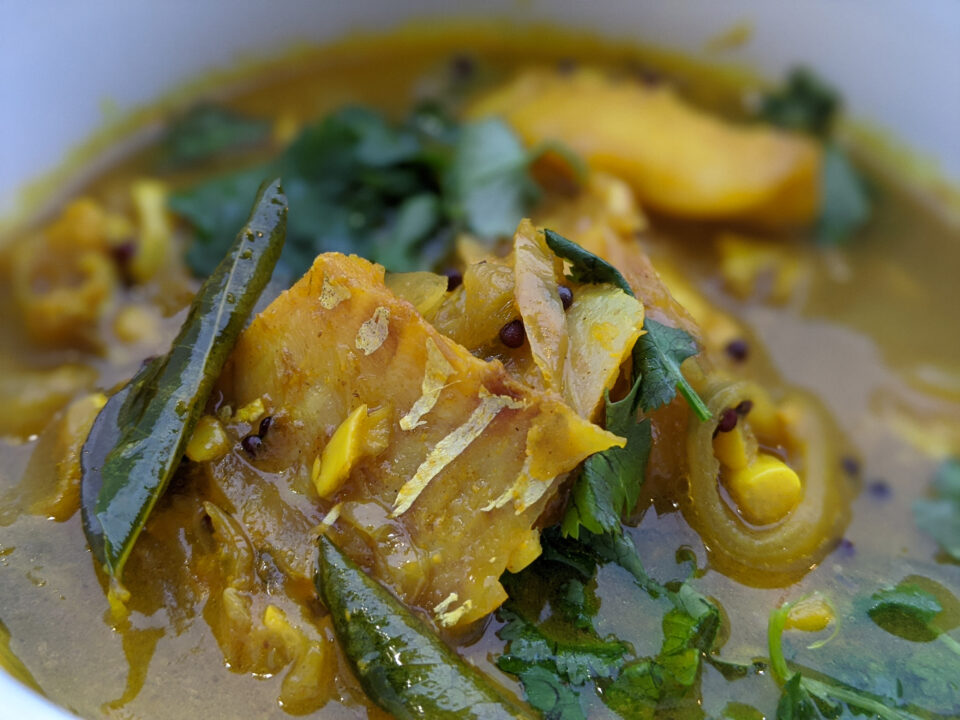
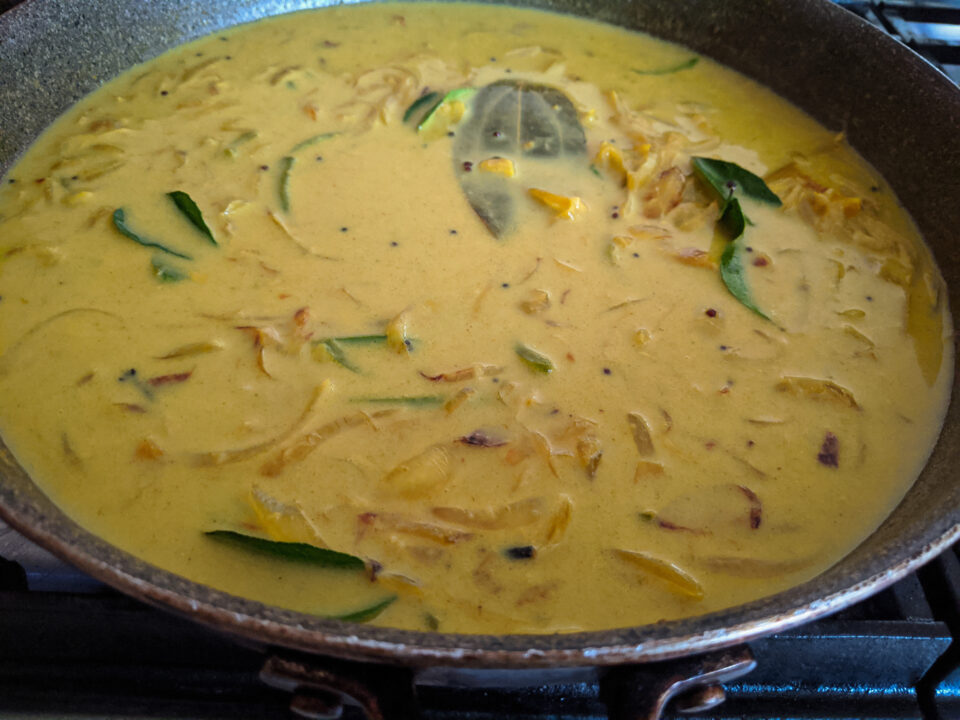
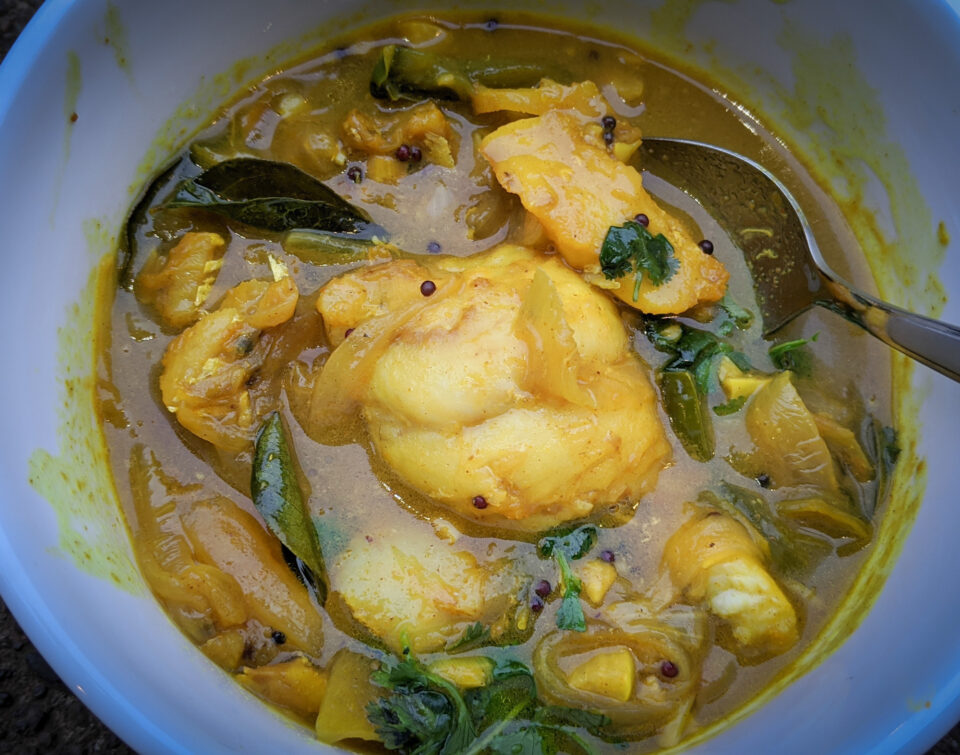
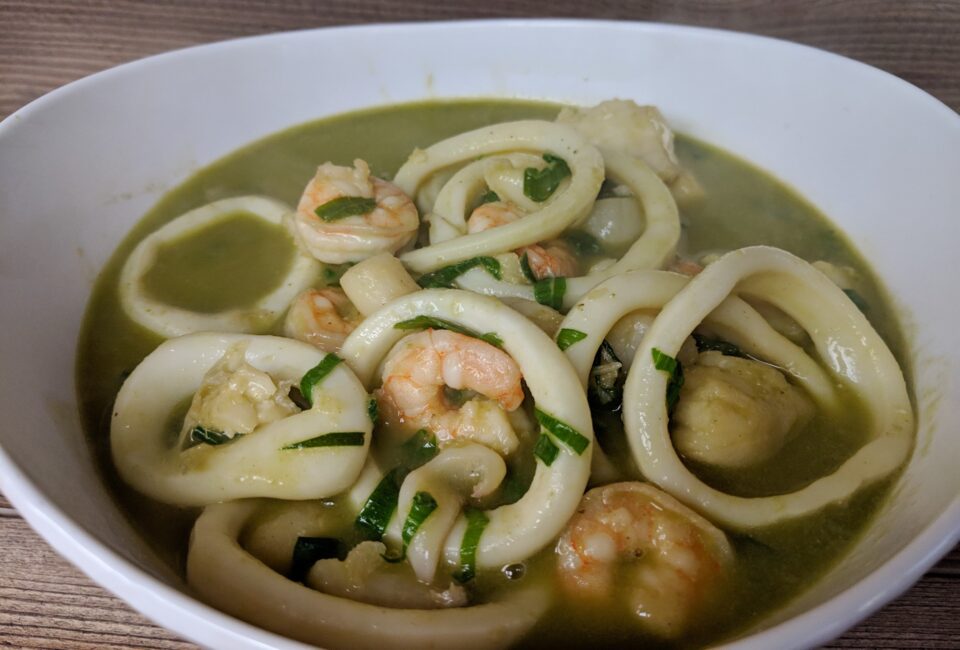
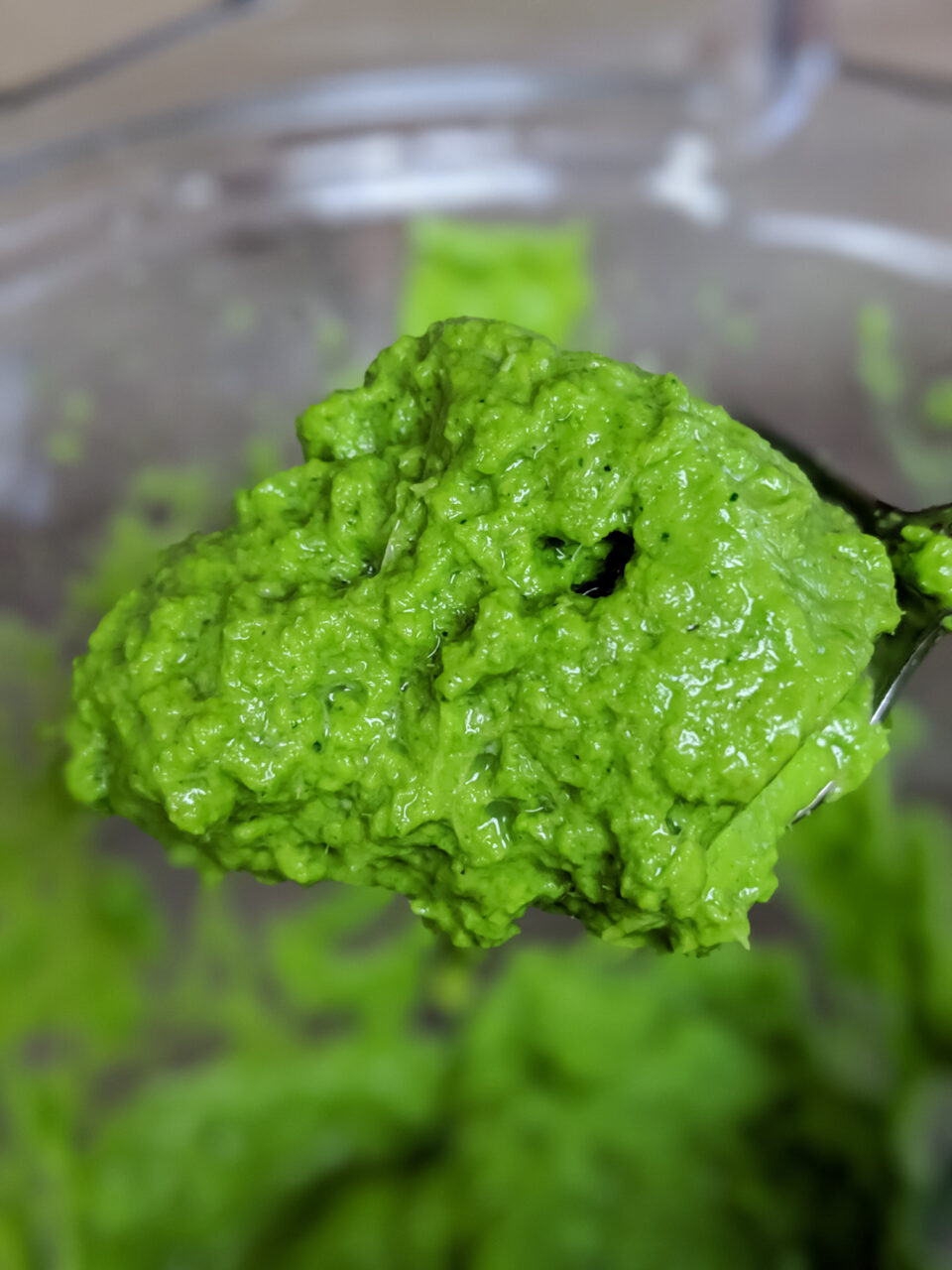
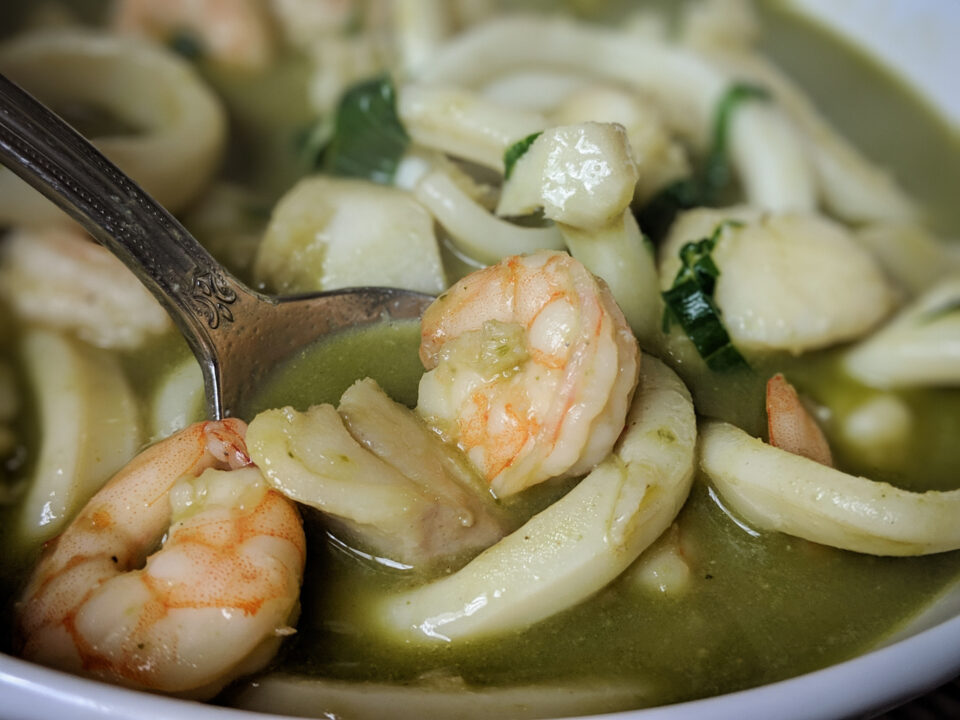
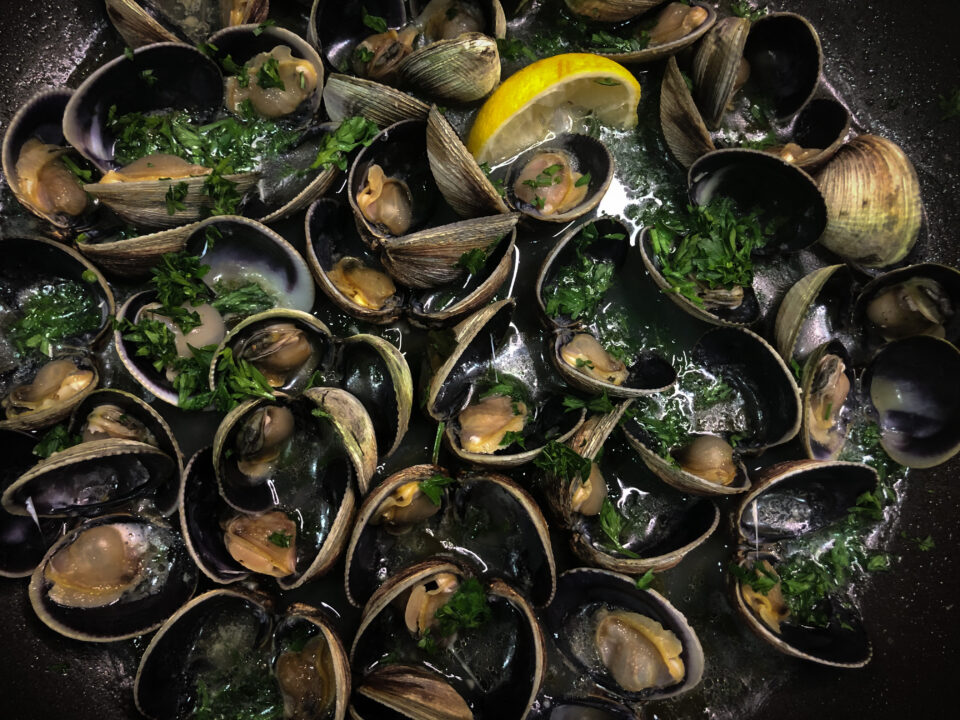
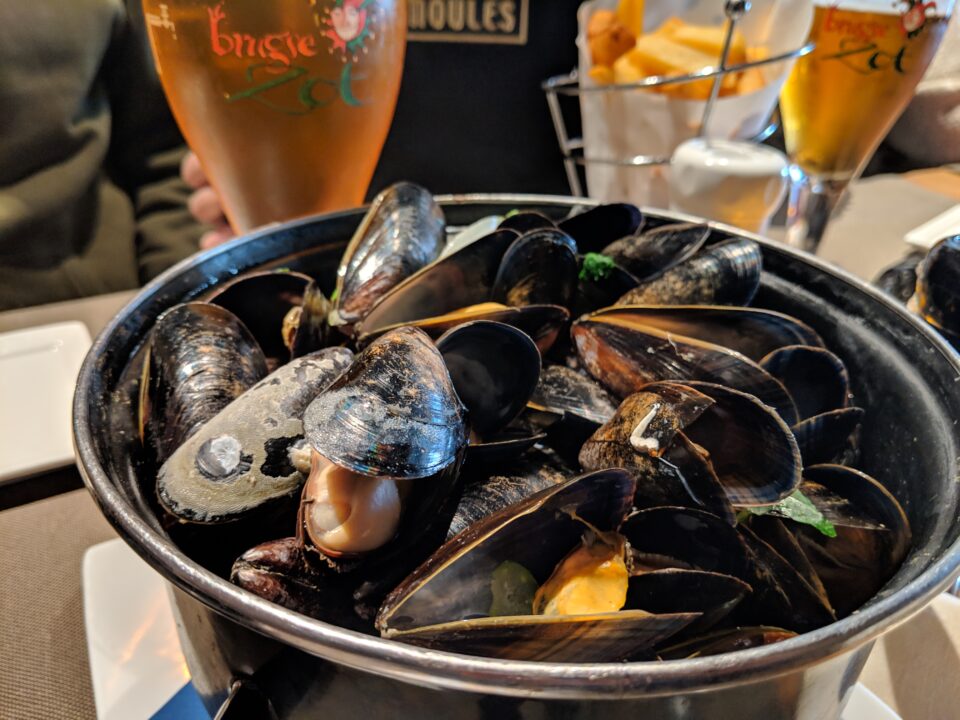
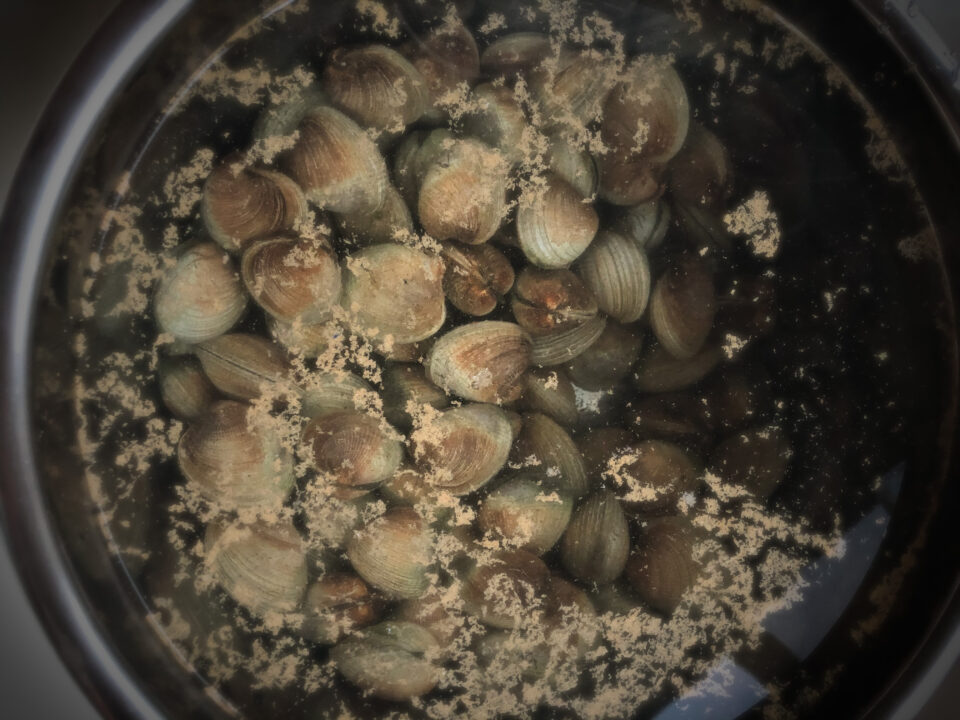
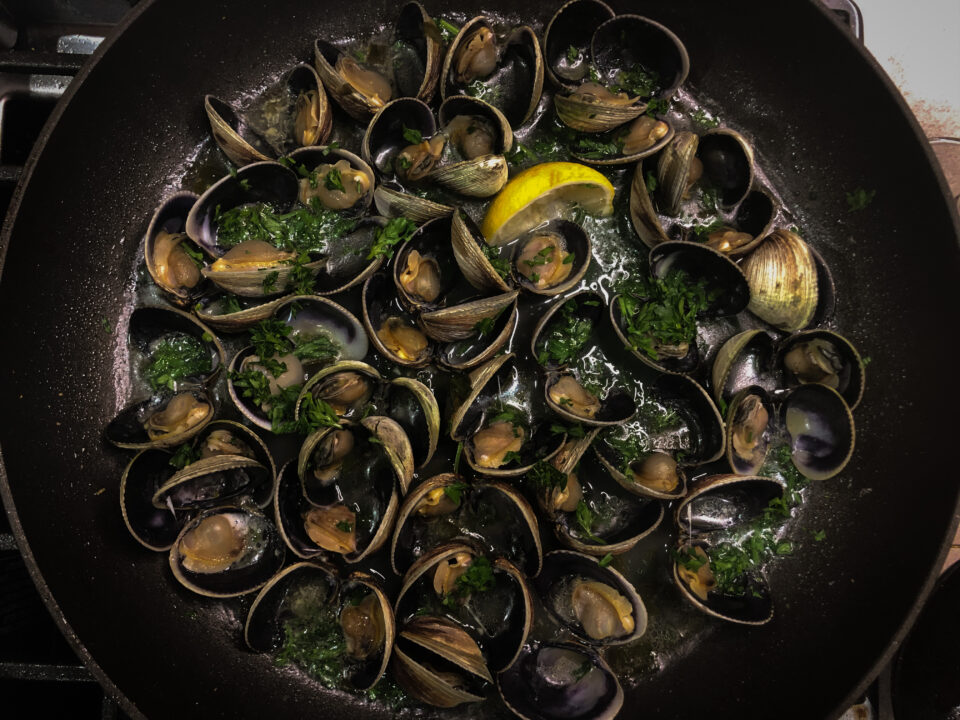

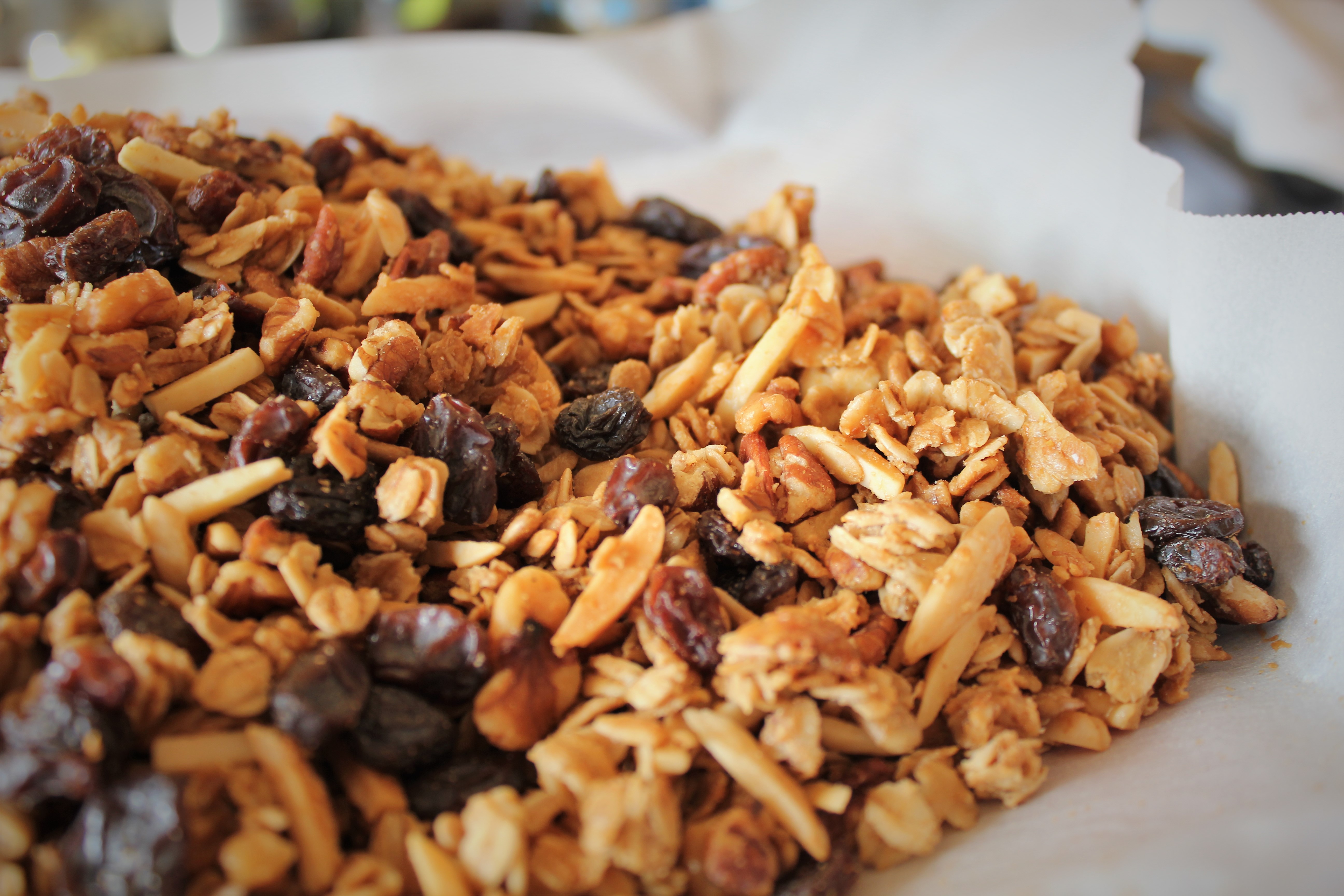 The first time I made granola at home, I couldn’t believe how simple it was to put it together.
The first time I made granola at home, I couldn’t believe how simple it was to put it together. 
